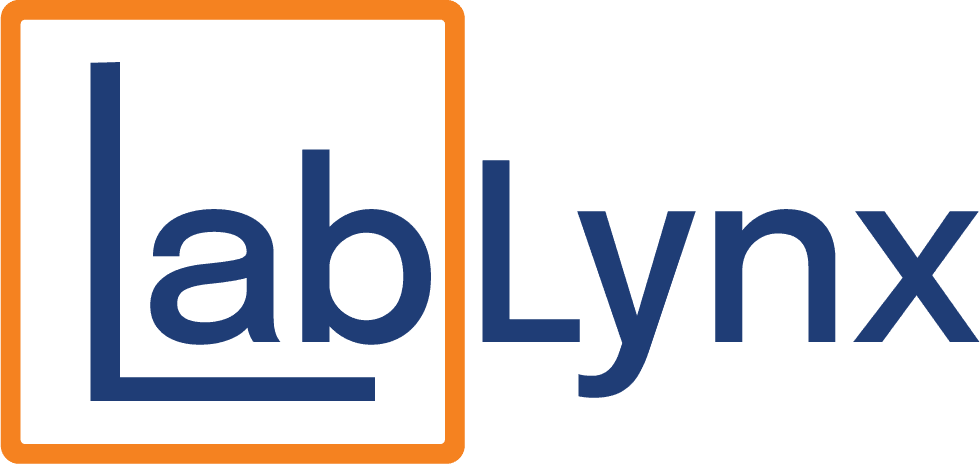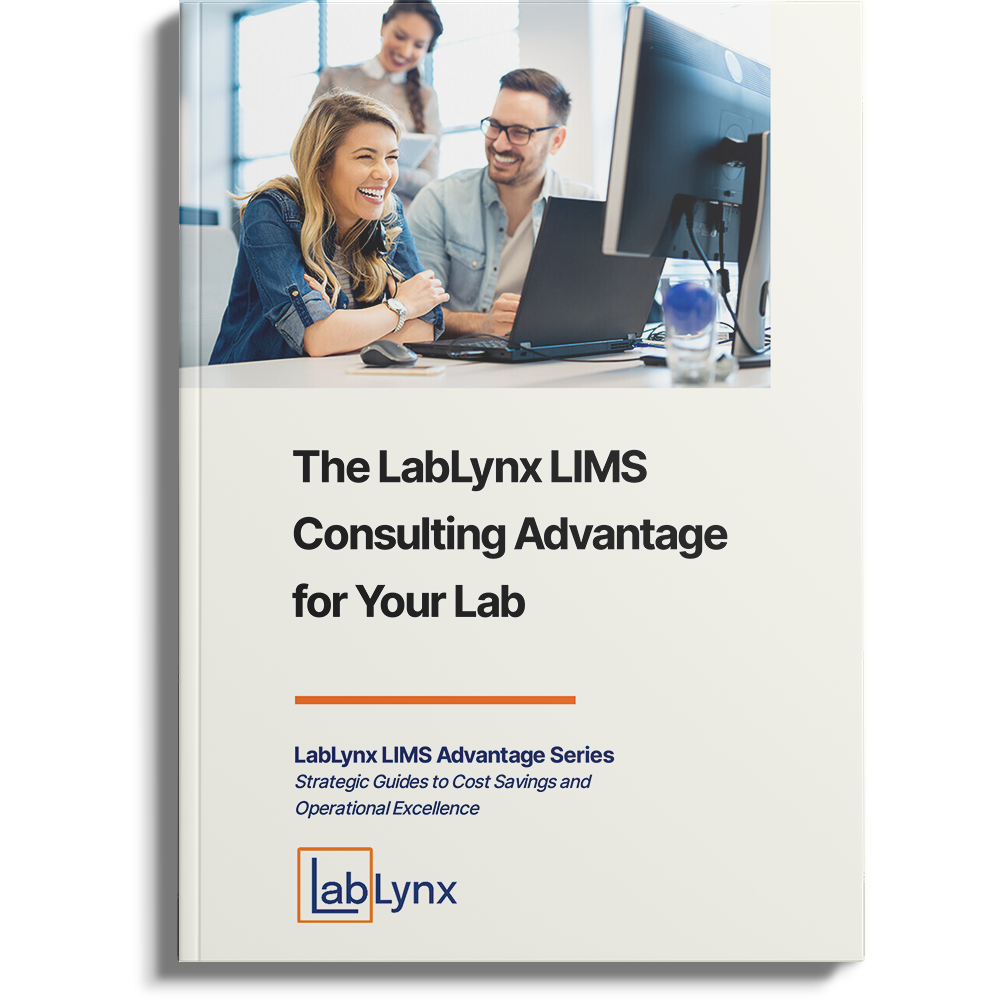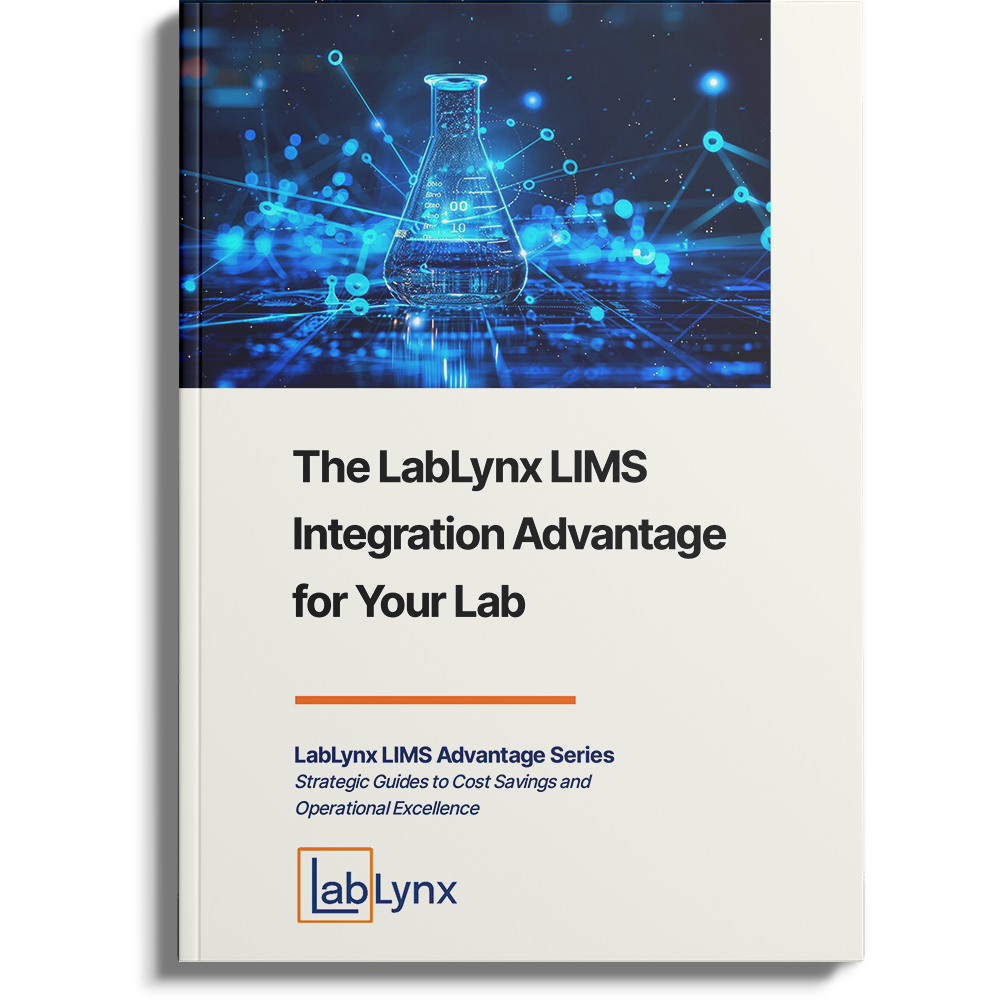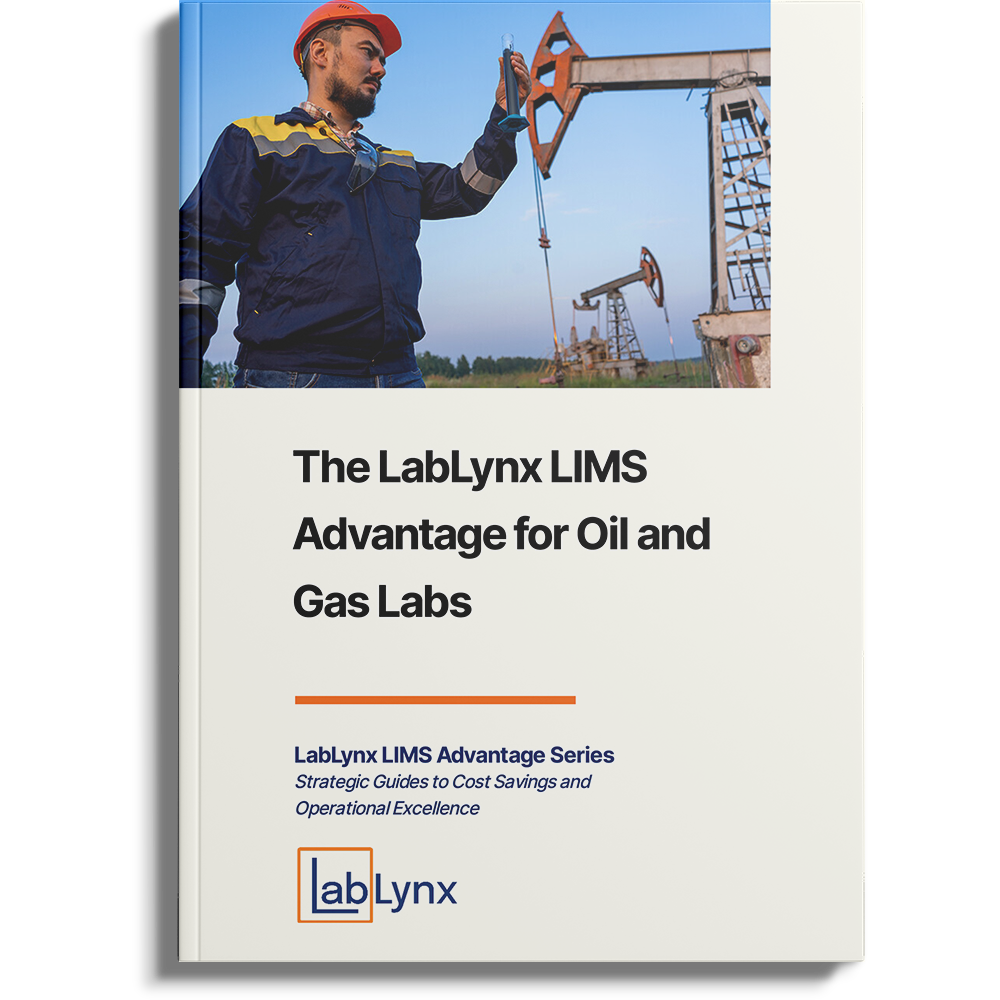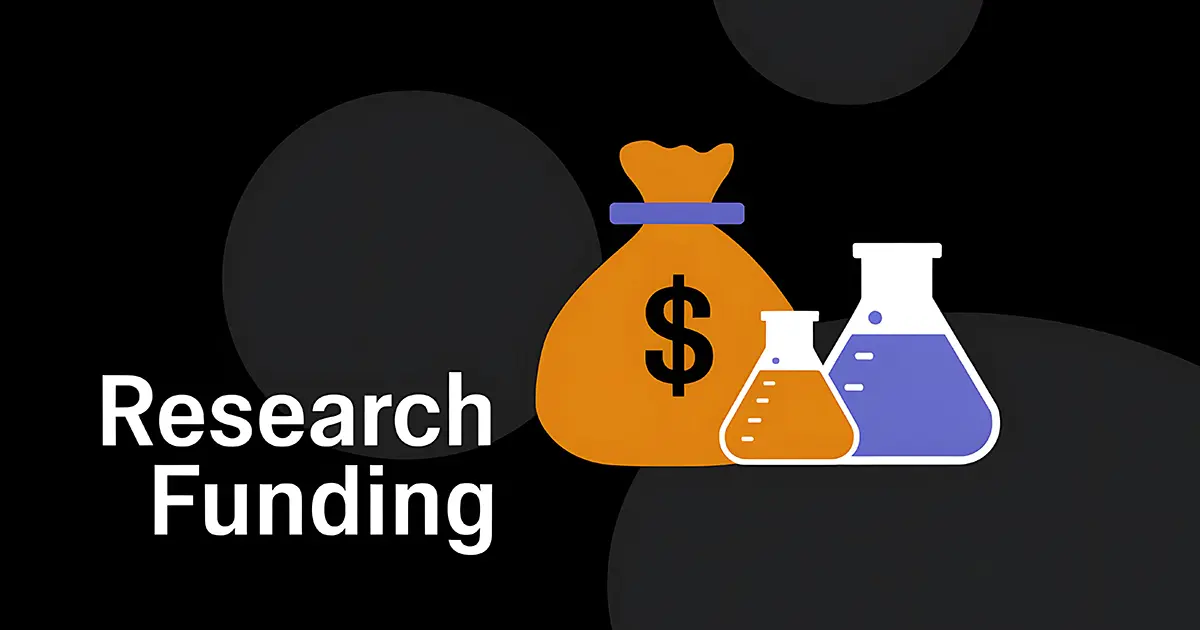
In the world of research, every experiment tells a story—but if that story isn’t properly documented, funded, and audit-ready, it might never see the light of day.
Researchers and lab managers alike know that winning a grant is only the beginning. The real work begins when it’s time to demonstrate how that funding is being used. With tightening compliance standards and increased scrutiny from funding agencies, having clean, complete, and verifiable documentation is no longer a bonus—it’s a requirement.
This is where Electronic Laboratory Notebooks (ELNs) become more than just convenient. They become mission-critical tools that help protect your funding, prove your progress, and pass audits with confidence.
Why Grant Reporting and Audit Readiness Matter Now More Than Ever
Let’s start with the reality:
- The NIH, NSF, FDA, EU Horizon, and many other global research bodies now require extensive documentation of scientific processes and outcomes.
- The NIH’s 2023-2025 Data Management and Sharing Policy requires researchers to submit a Data Management Plan (DMP) and demonstrate how their data is stored, shared, and preserved.
- Funding agencies increasingly look for transparency, reproducibility, and integrity—not just promising hypotheses.
Yet, many labs are still relying on paper notebooks, spreadsheets, and shared folders to track years’ worth of experiments, notes, and results. These systems often lack version control, audit trails, and easy searchability—making audits and reporting time-consuming, error-prone, and risky.
According to a study published in PLOS Biology, more than 50% of research funding in the U.S. is lost due to irreproducibility—a problem often tied to poor documentation. ELNs are designed to solve this.
What is an ELN, and Why is it Ideal for Grant Reporting?
An Electronic Laboratory Notebook (ELN) is a digital platform that allows scientists to plan, document, and manage their research data in real time. Unlike traditional notebooks or scattered documents, ELNs offer:
- Time-stamped audit trails
- User-specific version control
- Structured protocols
- Centralized data storage
- Searchable experiment history
- Exportable reports
Together, these features provide proof of performance, progress, and compliance—the trifecta for satisfying funding agencies and auditors alike.
5 Ways ELNs Help You Stay Ahead of Grant Reports and Audits
1. Automatic Audit Trails Eliminate Guesswork
Every experiment logged in an ELN is automatically time-stamped and attributed to the user, creating a tamper-proof record. Whether you’re reporting quarterly grant updates or facing a compliance audit, ELNs provide a clear timeline of who did what, when, and why.
2. Effortless Data Organization for Reports
ELNs allow labs to create custom templates for recurring protocols, tagging experiments by grant number, objective, or researcher. When it’s time to report, data is already organized by project, ready to be exported into PDFs or CSVs.
3. Improved Reproducibility and Transparency
Grant reviewers and auditors often require proof that your experiments are reproducible. ELNs support standardized protocols, visual attachments (images, charts, instrument data), and links to raw datasets—making it easy to show that your research is sound and transparent.
4. Built-In Compliance with Research Standards
Top ELNs are designed to comply with global research and regulatory standards, including FDA 21 CFR Part 11, GLP/GMP, NIH, and ISO certifications. This makes your lab ready for audits before they even happen, eliminating the last-minute scramble.
5. Streamlined Collaboration with Grant Partners
Many research grants involve multi-site collaborations. ELNs enable multiple researchers to work on the same project, leave comments, and upload files from anywhere—while maintaining version control and access permissions.
Real-World Example #1: Saving a Six-Figure NIH Grant
A university neuroscience lab was awarded a six-figure grant from the NIH to study developmental biomarkers in early-stage Alzheimer’s research. Three months before renewal, the team was asked to provide supporting documentation on how they tracked and interpreted experiment results.
Previously, the lab had relied on a mix of Google Docs, email attachments, and handwritten notes—a system that nearly cost them their renewal when they couldn’t produce a clear audit trail.
They made the switch to an ELN and not only retained the grant, but were praised for their new documentation process. Now, they export quarterly updates with a few clicks and spend more time on research, less time on administrative overhead.
Real-World Example #2: The Multi-Institution Collaboration
A cancer research collaboration between three institutions struggled to keep everyone on the same page. Each lab used different formats for documentation, and cross-referencing results was nearly impossible during interim reporting.
After a round of frustrating miscommunication and inconsistent data submissions, the project leads adopted a unified ELN platform. Now, all teams document their work using shared templates and have access to the same datasets in real-time, with built-in permission levels.
The outcome? A cleaner mid-project report, renewed funding, and smoother peer-reviewed publications that cite clear, consistent data practices.
Real-World Example #3: Audit Recovery in the Private Sector
A private pharmaceutical lab was caught off guard by a regulatory audit. Despite having strong protocols in place, their documentation was fragmented across spreadsheets, paper notes, and proprietary software systems.
Regulators flagged the lab for inconsistent recordkeeping, resulting in a warning and delayed approvals. In response, the lab transitioned to an ELN to centralize documentation and automatically log all activity going forward.
Within a year, their follow-up inspection showed full compliance, and they’ve since become a model for documentation best practices within their industry segment.
Final Thoughts: Don’t Let Documentation Put Your Grant at Risk
Great science speaks for itself—but only if it’s documented, organized, and accessible. In today’s funding climate, having a secure, compliant, and searchable system like an ELN isn’t a nice-to-have — it’s the foundation of your lab’s long-term success.
Whether you’re managing a small academic project or overseeing a multi-million-dollar pharmaceutical study, an ELN protects your work, simplifies your reporting, and positions you to win more grants with confidence.
Ready to future-proof your research funding and compliance strategy? Schedule a demo with our team or Download the ELN Buyer’s Guide to learn how LabLynx ELN solutions can support your lab’s success.
